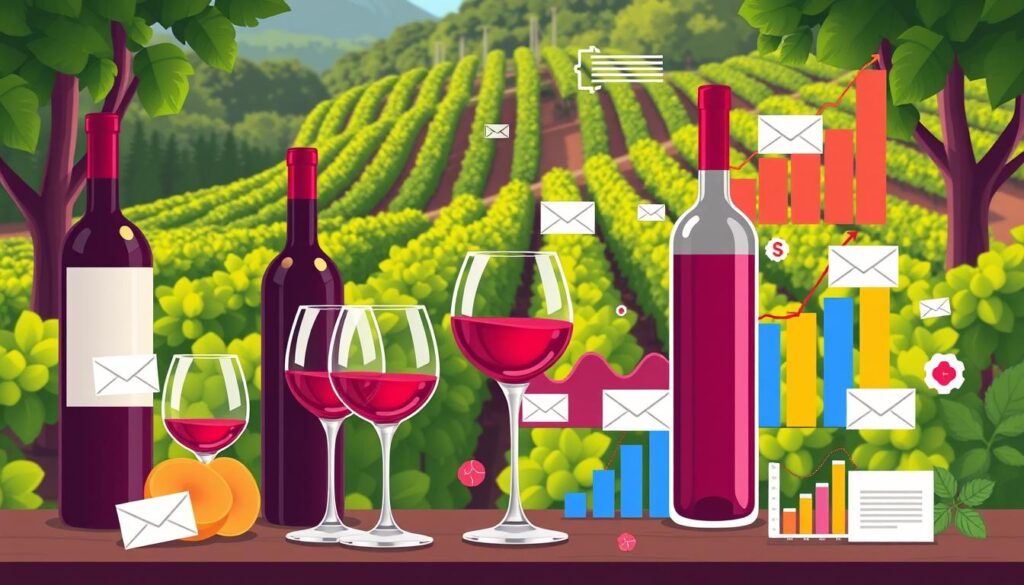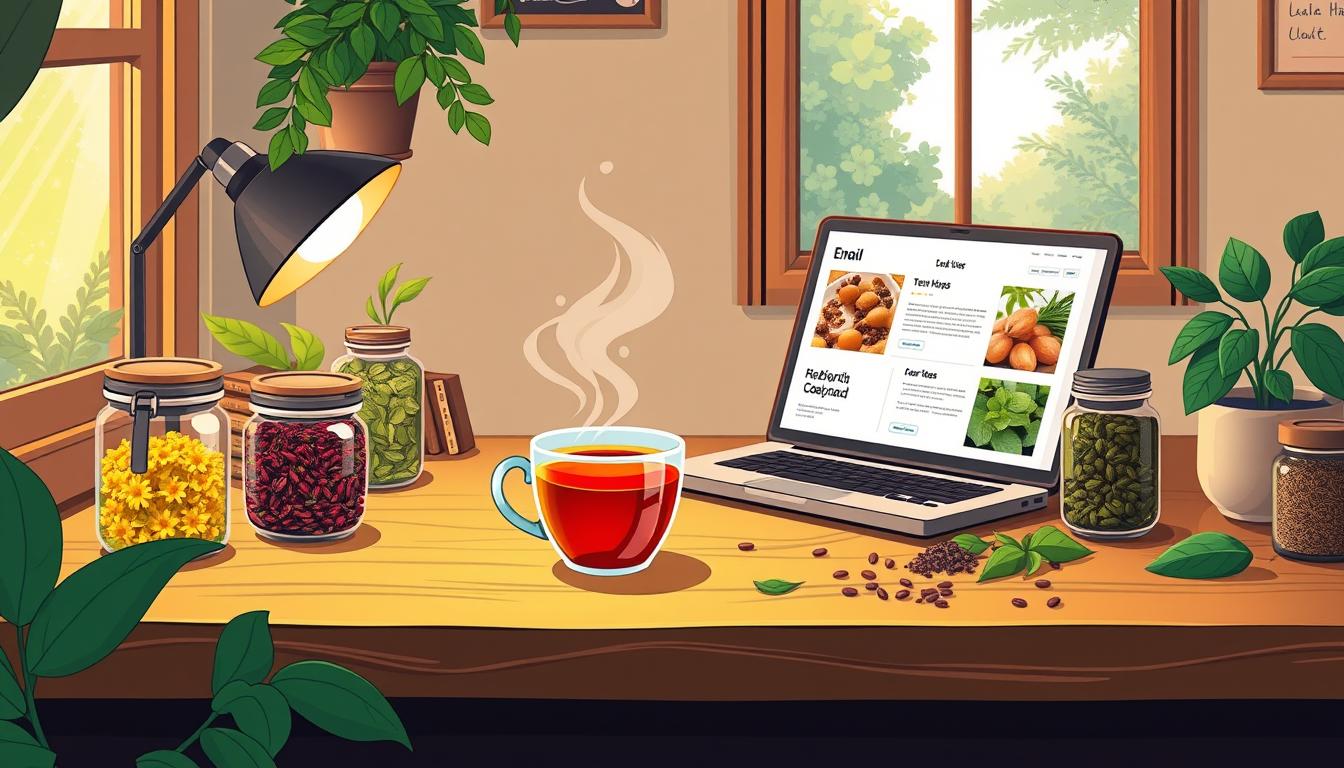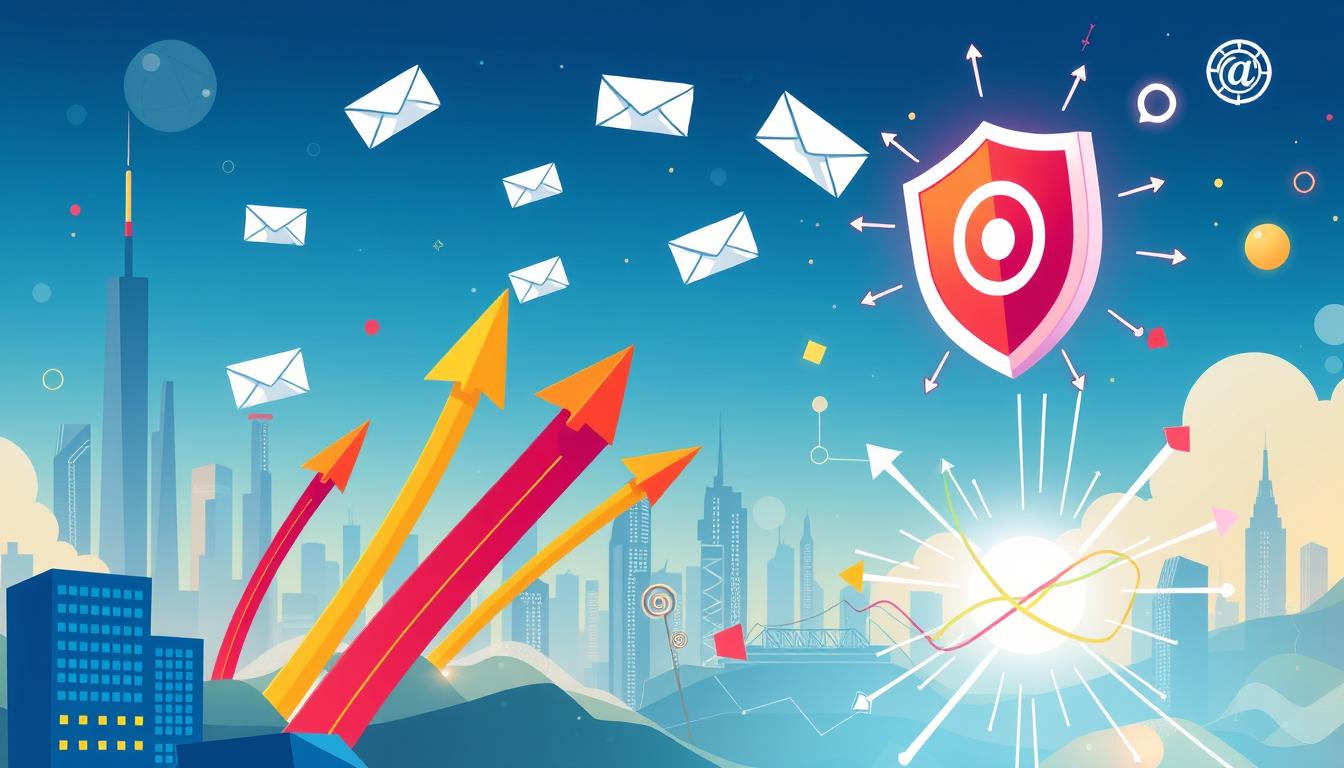Did you know that a remarkable 91% of people check their email at least once a day? This statistic underscores the incredible potential email marketing holds for wineries looking to connect with wine enthusiasts. With email marketing for wineries consistently proving to be one of the most effective strategies for engaging customers, now is the time to harness this powerful tool. When compared to social media, email not only converts better but also allows you to directly communicate with your audience, making it a vital part of your winery email marketing solutions.
In an increasingly digital landscape, wineries face challenges in gaining visibility against larger competitors, but with email campaigns, you can reach your customers without the interference of pesky algorithms that often limit your posts on social platforms. Moreover, you can create automated email marketing systems that foster connection and engagement with minimal manual effort. Many successful vineyards have reported that email marketing is their top strategy for driving sales, confirming that a well-maintained customer database plays an essential role in enhancing brand loyalty.
As this article unfolds, you will gain insights into crafting compelling email campaigns, best practices tailored for the wine industry, and how to leverage analytics for ongoing success. So let’s dive into the fascinating world of crafting personalized and effective wine industry email campaigns!
Key Takeaways
- Email marketing delivers a higher conversion rate compared to social media.
- Segmentation enhances engagement, making targeted approaches more effective.
- Automation simplifies consistent communication with your audience.
- Regular A/B testing is crucial for optimizing email campaigns and adapting to consumer preferences.
- Maintaining clean email lists boosts engagement and ROI.
Why Email Marketing is Essential for Wineries
Email marketing serves as a vital tool for wineries, offering a direct line of communication with both new and existing customers. By fostering this connection, you can cultivate a loyal following and increase your overall sales. Understanding the importance of email list segmentation for wineries is the first step toward effective marketing.
The Benefits of Building a Customer Database
Building a comprehensive customer database is foundational for successful email strategies. By acquiring contacts organically, you set the stage for meaningful engagement and targeted campaigns. As your database grows, so does the opportunity to segment your email list based on customer preferences and behaviors, making your marketing efforts more relevant and effective.
Engaging with Your Audience on a Personal Level
Engaging with your audience personally can significantly enhance loyalty. Automated email campaigns for wineries allow you to tailor messages and offer personalized promotions. This could mean sending exclusive event invitations or wine recommendations based on past purchases, showing subscribers that you value their individual preferences. Such strategies effectively turn casual buyers into loyal fans.
Tracking Success Through Analytics
Tracking success through email marketing analytics for the wine industry is essential for continuous improvement. By monitoring key metrics such as open rates and click-through rates, you gain valuable insights into how your campaigns perform. This data enables you to refine your strategies, ensuring you reach your goal of increased customer engagement and conversions.

Crafting Compelling Email Campaigns
Developing effective email campaigns holds significant importance for wineries aiming to engage their audience and drive sales. By focusing on key strategies, you can create standout messages that resonate with your customers. Embracing email marketing best practices for wine businesses will not only help capture attention but also enhance customer loyalty.
Creating Irresistible Subject Lines
The subject line serves as the first impression of your email and can dramatically impact open rates. Aim to craft engaging subject lines that spark curiosity while remaining relevant. Consider utilizing personalization, such as including the recipient’s name or interests. Engaging subject lines demonstrate your understanding of the customer’s preferences, a key aspect in targeted email marketing for vineyards.
Designing Visually Appealing Templates
Visual aesthetics play a crucial role in the success of your campaigns. Employing well-designed email templates enhances the user experience, effectively reflecting your winery’s brand. Use images that showcase your wines, vineyards, or events while maintaining a clean layout. This visually engaging approach helps convey your winery newsletter strategies, driving customer interaction and boosting sales. Incorporating thoughtful design not only captivates your audience but also establishes a professional tone that builds trust and credibility. Just as email marketing templates for photographers highlight stunning visuals to tell a story, your winery can use similar strategies to evoke emotions and create a lasting impression. By pairing compelling imagery with concise, engaging content, you can further solidify your connection with recipients and encourage loyalty to your brand.

Tailoring Content for Different Segments
Understanding your audience and segmenting your email lists enables you to provide content that aligns well with different customer interests. Whether targeting frequent buyers or those new to your winery, crafting personalized emails increases engagement. Tailoring content reflects a deeper knowledge of your clientele while reinforcing the effectiveness of winery newsletter strategies, leading to better results and customer loyalty.
By implementing these techniques, your winery can harness the full potential of email marketing. Engaging subject lines, appealing designs, and personalized content will undoubtedly improve your overall email marketing performance and achieve higher conversion rates.
Best Practices for Email Marketing in the Wine Industry
Implementing effective email marketing best practices for wine businesses is crucial for maximizing the success of your campaigns. Timing your campaigns is key; sending emails at optimal moments, such as during launch events or wine tasting seasons, can greatly improve both open and click rates. It’s essential to develop a deep understanding of your audience to determine when they are most receptive to your messages.
Timing Your Campaigns for Maximum Impact
When scheduling your emails, consider using customer behavior data to pinpoint the best times for sending communications. This could involve observing trends in past campaigns or utilizing analytics to find peak engagement hours. Proper timing not only boosts visibility but also increases the likelihood of your winery e-commerce email marketing driving immediate sales.
Complying with Regulations and Privacy Laws
Staying compliant with regulations like GDPR and CAN-SPAM is non-negotiable in email marketing. Ensuring that you respect your subscribers’ privacy and facilitate easy opt-out options builds trust. Always prioritize transparency in your communications by clearly outlining what subscribers can expect when they opt-in, including the types of information they will receive.
Testing and Optimizing for Better Results
Regularly conducting A/B testing on various elements of your email campaigns is vital for refining your approach. Experiment with different subject lines, layouts, and content to see what resonates best with your audience. Remember, personalizing your emails not only enhances engagement but also contributes significantly to increasing sales. By analyzing these results, you can continuously improve your strategy, ensuring your email marketing remains a powerful tool for your winery.
FAQ
Why is email marketing important for wineries?
How can I segment my email list for better engagement?
What are some examples of automated email campaigns for wineries?
What metrics should I track in my email marketing analytics?
How do I create compelling subject lines for my emails?
What are some best practices for designing email templates?
How often should I send out emails to my subscribers?
What should I consider when complying with email regulations?
How can I optimize my email campaigns through testing?
Natali – Editor in Chief (Strategy and Mastery, AI Expert) Natali, our Editor in Chief, is the driving force behind our content’s strategic direction. With a keen eye for detail and a deep understanding of market trends, Natali ensures that our content is top-notch and strategically aligned with our client’s goals. Her expertise in AI helps to seamlessly integrate advanced technology into our marketing strategies, pushing the boundaries of conventional marketing.










